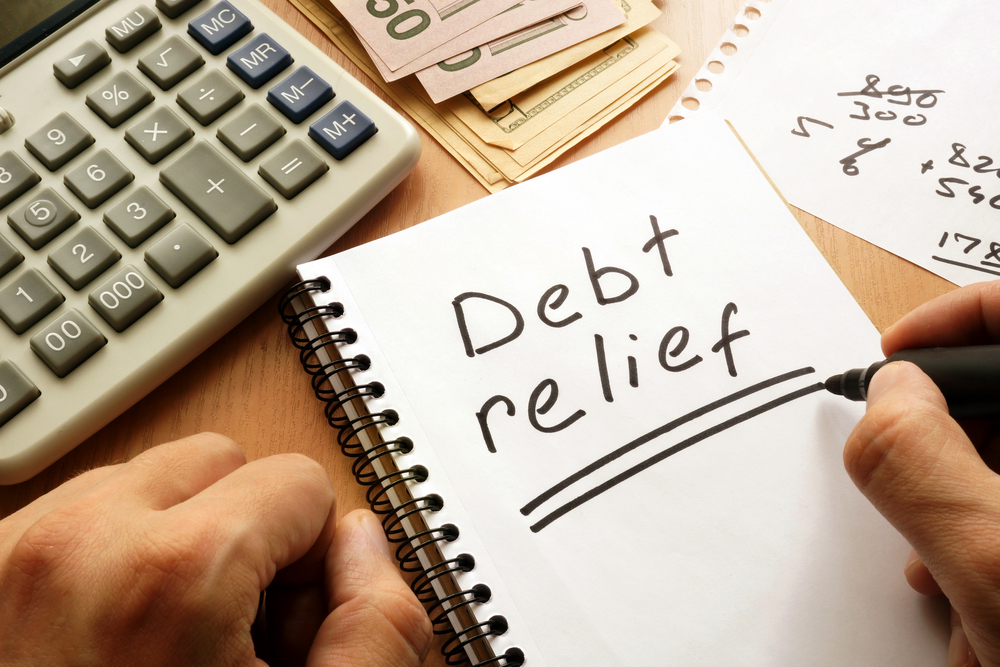





Attorney at Debt Advisors Law Offices
Practice Areas: Chapter 7 Bankruptcy, Chapter 13 Bankruptcy, Stop Foreclosure

The pandemic may have passed, but for many Wisconsin families, its financial effects are far from over. Rising living costs, unpaid rent, and mounting credit card or medical bills continue to weigh heavily on households that once relied on short-term government relief.
If you’re still feeling the financial strain from COVID-19, you’re not alone and it’s important to know that there are legal ways to rebuild stability. A Wisconsin bankruptcy attorney can help you understand how bankruptcy laws are designed to protect individuals facing overwhelming debt.
This blog explains how bankruptcy remains a practical, lawful, and responsible solution for post-pandemic financial hardships in 2025. You’ll learn what has changed since the relief programs ended, how the automatic stay works to stop collection actions, and what steps you can take to start fresh. Keep reading to understand your options, your rights, and how informed decisions can lead to real financial recovery.
COVID-19 reshaped how households handled money. During 2020 and 2021, families relied on government aid, loan forbearance, and stimulus checks. When those programs expired, many residents turned to credit cards and personal loans to stay afloat. According to the Federal Reserve Bank of Chicago, consumer debt in the Midwest climbed steadily in 2024 and remains higher than pre-pandemic levels.
Late payments on credit cards and personal loans have also increased, reflecting how deeply pandemic-era financial stress continues to affect Wisconsin families. Young adults who entered the workforce during or after the pandemic were hit especially hard. Limited job opportunities, reduced hours, and medical costs have left many with growing debt and few savings. As a result, bankruptcy has become a responsible and legal way to regain control, not a last resort or failure.
Most emergency protections introduced between 2020 and 2022 have now expired. Programs that once paused payments or prevented eviction are no longer active. Understanding what ended helps explain why more Wisconsin residents are exploring bankruptcy and other long-term debt relief options.
The CARES Act forbearance programs, student loan pauses, and the eviction moratorium have all concluded. Wisconsin’s own Emergency Rental Assistance (WERA) program closed to new applications, leaving many renters unprotected against rising housing costs.
Without these supports, households that were already behind on rent, car payments, or medical bills are now expected to resume full payments. For many, this sudden shift has made repayment impossible.
According to the Federal Reserve’s 2025 Consumer Credit Report, national credit-card delinquencies remain above pre-pandemic levels, showing continued financial strain across middle-income households.
Bankruptcy is not about losing everything, it’s about protecting yourself legally from debt collectors and starting over. It provides a structured way to stop lawsuits, wage garnishments, and constant creditor calls.
The automatic stay, created under 11 U.S.C. § 362, is one of bankruptcy’s most powerful tools. Once a bankruptcy case is filed, creditors must immediately stop all collection efforts. This includes halting foreclosure, eviction, and repossession proceedings.
For Wisconsin residents, both Chapter 7 and Chapter 13 bankruptcy options are available:
Each type has unique benefits depending on income, property value, and long-term financial goals. Bankruptcy should be seen as a fresh start, not an end.
The Wisconsin Department of Financial Institutions notes that bankruptcy can temporarily stop foreclosure while repayment options are explored.
The end of emergency housing programs has triggered a rise in eviction filings across Wisconsin. Without rent protection, tenants facing past-due payments risk losing their homes. Similarly, homeowners who deferred mortgage payments under pandemic relief plans may now be facing foreclosure notices.
Filing for bankruptcy can pause these processes and provide valuable time to create a repayment plan. Through Chapter 13 in Wisconsin, individuals can propose an affordable schedule to pay overdue rent or mortgage payments while keeping their property.
In contrast, Chapter 7 may help eliminate unsecured debts, freeing up income to focus on essential expenses. Although bankruptcy cannot erase all financial responsibilities, it offers a chance to stabilize housing and prevent immediate loss of shelter or transportation.
|
Period |
Type of Relief |
Program Name |
Status (as of 2025) |
Key Takeaway |
| 2020-2022 | Federal | CARES Act Stimulus & Forbearance | Ended | Temporary aid; no longer available |
| 2020-2023 | State | Wisconsin Emergency Rental Assistance (WERA) | Closed | No new applications accepted |
| 2025 | Legal | Bankruptcy (Chapter 7 / 13) | Ongoing | Legal path for lasting debt relief |
The path to financial stability doesn’t end once bankruptcy is filed, it begins there. Rebuilding credit and restoring confidence takes time, but steady progress is possible. Most individuals who file bankruptcy can see meaningful credit improvement within 12 to 24 months.
Simple strategies include budgeting, tracking expenses, and maintaining on-time payments for rent, utilities, and new credit accounts. Joining nonprofit debt-counseling programs or community financial workshops can also provide guidance and accountability. By understanding how to manage post-bankruptcy finances, Wisconsin residents can move from financial stress toward security and savings.
Yes. Pandemic-related job loss, medical debt, and inflation continue to cause financial hardship and may qualify individuals for bankruptcy relief.
Yes. Filing bankruptcy triggers an automatic stay that pauses evictions and foreclosures while repayment options are considered.
Chapter 7 discharges unsecured debts. Chapter 13 allows repayment over three to five years while keeping assets.
Most unsecured debts, including medical bills and credit cards, can be discharged if they meet bankruptcy eligibility standards.
Start small: pay all bills on time, monitor credit reports, and use secured credit responsibly to rebuild over time.
It depends on your business type. Sole proprietors may include business debts; incorporated entities must file separately.
COVID-19 may have changed life in countless ways, but financial recovery is still possible. While government relief programs have ended, bankruptcy remains a legitimate and effective option to overcome debt, protect your property, and rebuild credit.
Bankruptcy law offers Wisconsin residents a chance to reset financially and begin again with a clearer path ahead. Understanding your rights and the legal tools available is the first step toward lasting stability.
If you’re struggling with debt after the pandemic, Debt Advisors Law Offices can help you explore your options through a free consultation. Learn how the law can protect your finances and start your journey toward a stronger future today.

Learn about bankruptcy protections, types of bankruptcy, how to get started, what to expect, and who to trust. Filing bankruptcy is the ONLY way to completely eliminate debt. If bankruptcy is right for you, it offers powerful protections that cannot be achieved through alternative solutions such as hardship relief, loans, or debt settlement.